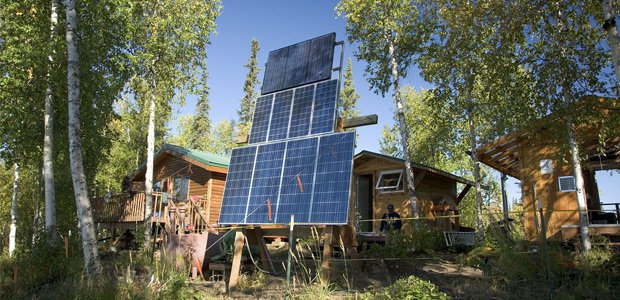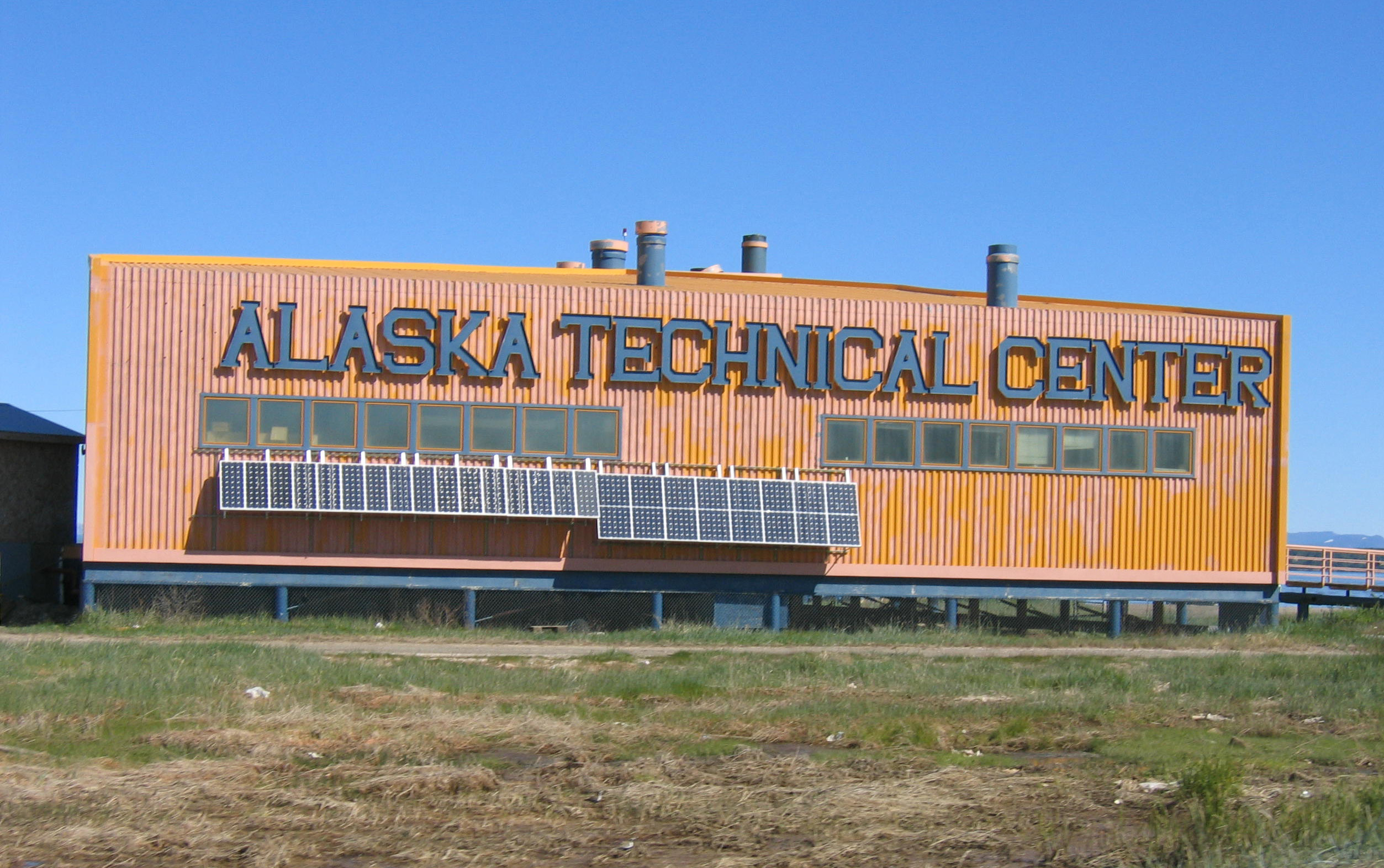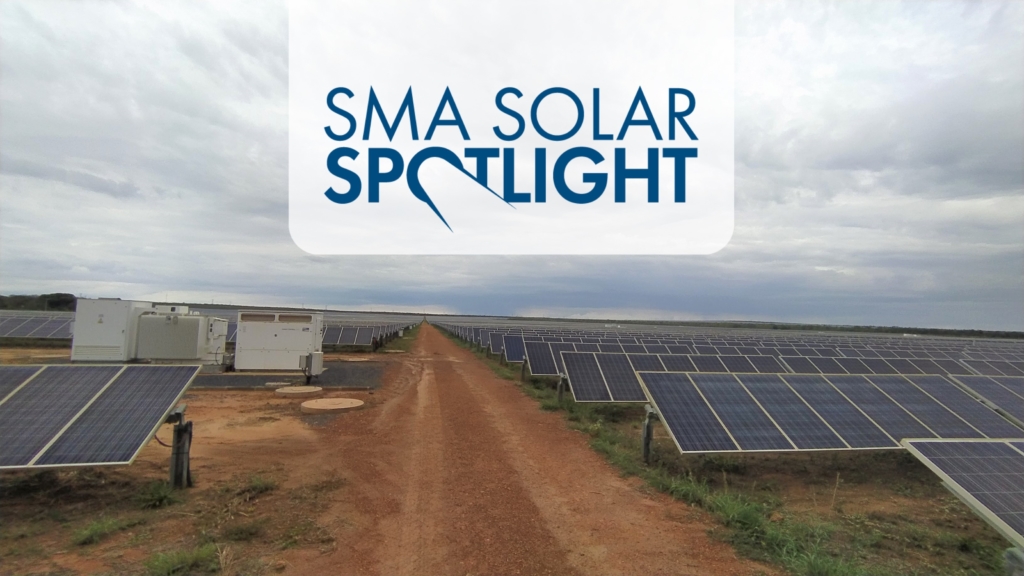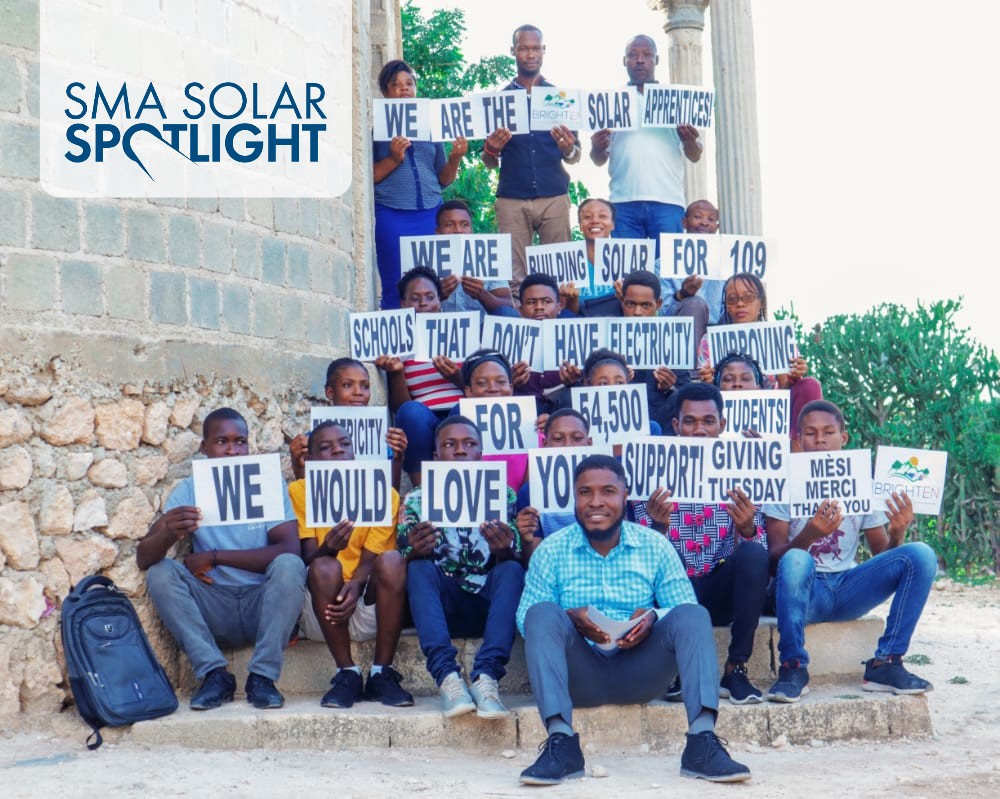Does Solar Energy Make Sense in Alaska?

Top managers in Germany like to toss around the phrase, “growing pineapple in Alaska.” Among them is former RWE CEO Jürgen Großmann, who has joked that subsidizing solar energy is equally unlikely. Although nobody is actually growing pineapple in Alaska yet, solar energy is gaining ground in that remote U.S. state.
We came across a newspaper article discussing opportunities for solar energy supply in Alaska. In addition, a US Department of Energy study has addressed the practicality and especially the economic efficiency of using photovoltaics in that remote state.
It’s true that Alaska is rich in oil and coal, and many outlying locations provide 100 percent of their power supply with diesel generators. It’s also true that winters in Alaska are long and dark. However, it should not be forgotten that summer days there are long and cool, offering perfect conditions for generating solar power. Also, the availability of fossil fuels is finite and their prices fluctuate.

The Alaska Technical Center in Kotzebue uses wall-mounted solar panels to reduce the amount of money spent on diesel.
3 factors favor solar energy in Alaska:
- the economic dependence of many communities on highly volatile oil pric
- technological advances in solar engineering and the related decreasing cost
- the efforts of many communities to increase their supply of electricity from self-generation

A total of 96 solar modules mounted on the front of a building in Anchorage, Alaska, generate solar power with three Sunny Boy 6000-US inverters.
Evidence in favor of PV systems
Granted, Alaska is a relatively small photovoltaic market, but it already has installed solar capacity—including some plants using SMA system technology. For example, in Anchorage, the state’s largest city, one home has been using a wall-mounted PV system that generates 17.28 kWp since 2011. The system is equipped with three Sunny Boy 6000-US inverters and a Sunny WebBox.
Click here for a chart showing hours per day of sun over the course of a year in Anchorage.
Details on the solar industry in the northernmost U.S. state are available at Solar Energy Industries Association (SEIA®). According to the association, in 2015 a total of 261 kW of solar capacity was installed as residential units and 69 kW was installed in the commercial sector.
More evidence wanted!
If you know of PV systems in Alaska, or if you encountered PV systems during a recent vacation there, please send us your pictures to: SocialMedia@SMA.de




Feel free to contribute!